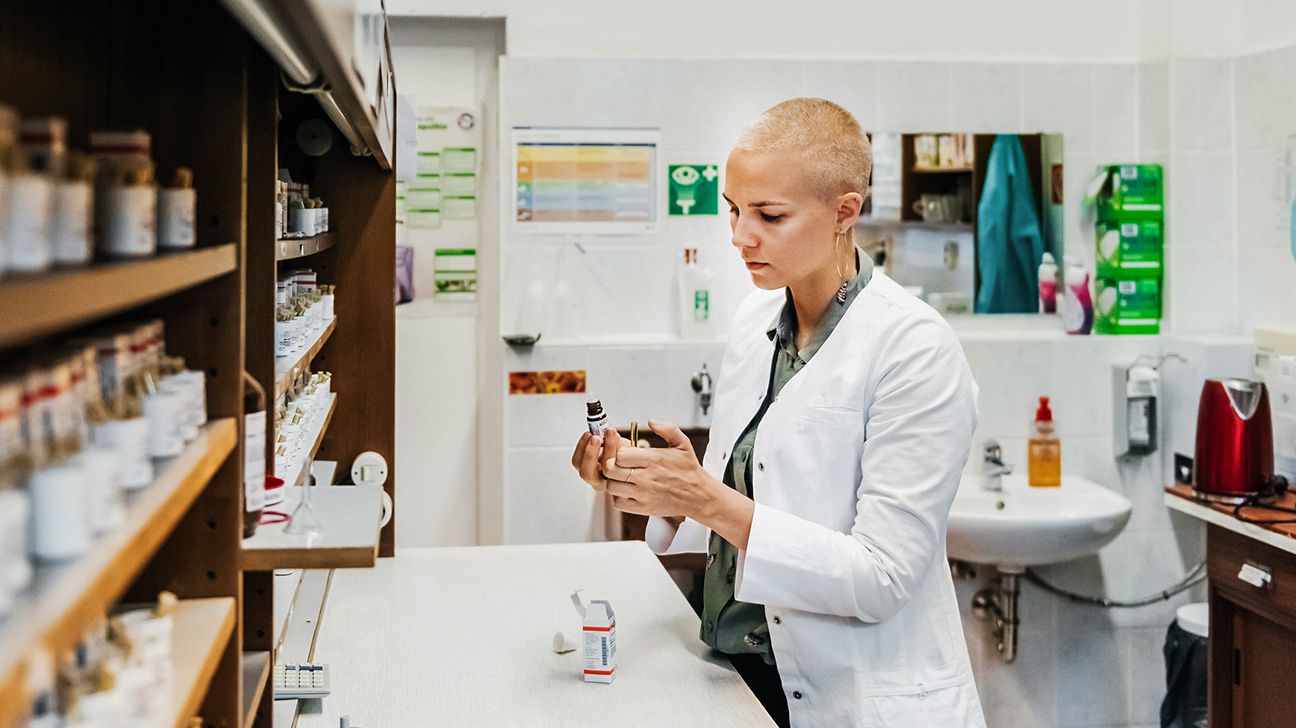Causticum, or potassium hydrate, is a homeopathic remedy used for a wide range of conditions. It is available in several forms, including tablets, liquids, and creams.

Caustic can be used for various ailments, including stress incontinence, coughing, sneezing, and issues with urine retention.
However, little scientific research exists on the benefits, risks, and uses of causticum, and the Food and Drug Administration (FDA) does not evaluate it or any other homeopathic remedies for safety and effectiveness.
This article examines the claims about causticum, its uses, benefits, and possible risks.
In homeopathy, causticum is a polychrest or broad-spectrum remedy with many uses for several health conditions.
According to the National Institutes of Health (NIH), homeopaths offer causticum as a remedy for physical symptoms and conditions, such as:
Homeopaths also offer it as a remedy for mental symptoms such as mental fatigue or stress-related issues.
Homeopathy is a medical system developed in Germany more than 200 years ago. It’s based on the belief that minimal doses of natural substances can help stimulate the body to cure itself.
Homeopathy is based on the idea that “like cures like,” or that taking a very small dose of a natural substance that typically causes symptoms of an illness in healthy people when used in larger doses can also treat that illness.
According to the
Recent clinical studies on the benefits of homeopathic causticum for specific conditions are quite limited. Here are some case study reports:
- Bell’s palsy: Bell’s palsy is a sudden facial paralysis, possibly resulting from inflammation. A 2023 case study reported that a 59-year-old female adult resolved symptoms when taking homeopathic causticum.
- Warts: A 2019 case study involving a 20-year-old male adult with forehead warts found that they improved and disappeared after taking causticum and rubrum, and no new warts returned. In addition, a 2024 case study involving a 7-year-old female child with facial warts reported successful treatment with causticum.
- Osteoarthritis: Osteoarthritis is a degenerative joint disease in which cartilage on the ends of the bones deteriorates, causing pain and swelling. A 2024 case study involving a 52-year-old male adult found that taking causticum relieved symptoms of the condition, such as knee pain and a severe burning sensation.
However, in-depth scientific research is necessary to confirm the benefits of causticum. Scientific research must yield positive results regarding alternative methods of medicine, as without it, there is no real evidence to support the claims.
Causticum is readily available online, in various forms including:
- pellets
- tablets
- liquid
- lotion or cream
Labeling
If you look at the labels, you might see the letters HPUS following the strength, such as causticum 6X HPUS. These letters indicate that the component is officially included in the Homoeopathic Pharmacopoeia of the United States.
Disclaimer
When reading the label on products with causticum as an active ingredient, chances are you will encounter a disclaimer such as:
- There is no scientific evidence that this product works.
- The product’s claims stem from theories of homeopathy from the 1700s that most modern medical experts do not accept.
- The FDA isn’t aware of scientific evidence to support homeopathy as an effective treatment.
There are currently no products labeled as homeopathic and marketed in the United States that are approved by the FDA. That means that any product labeled as homeopathic hasn’t been evaluated for safety or effectiveness by the FDA.
The FDA has
However, many homeopathic products will likely be outside the targeted risk-based categories. This means many homeopathic offerings will remain on the market.
If you’re considering using causticum, or any homeopathic product, discuss it with your doctor. Among other vital information, your doctor may be able to offer advice regarding the potential risk of side effects or interactions with medications you’re currently taking.
By talking with your healthcare professionals about complementary health approaches, you can get the input necessary to make well-informed decisions.




